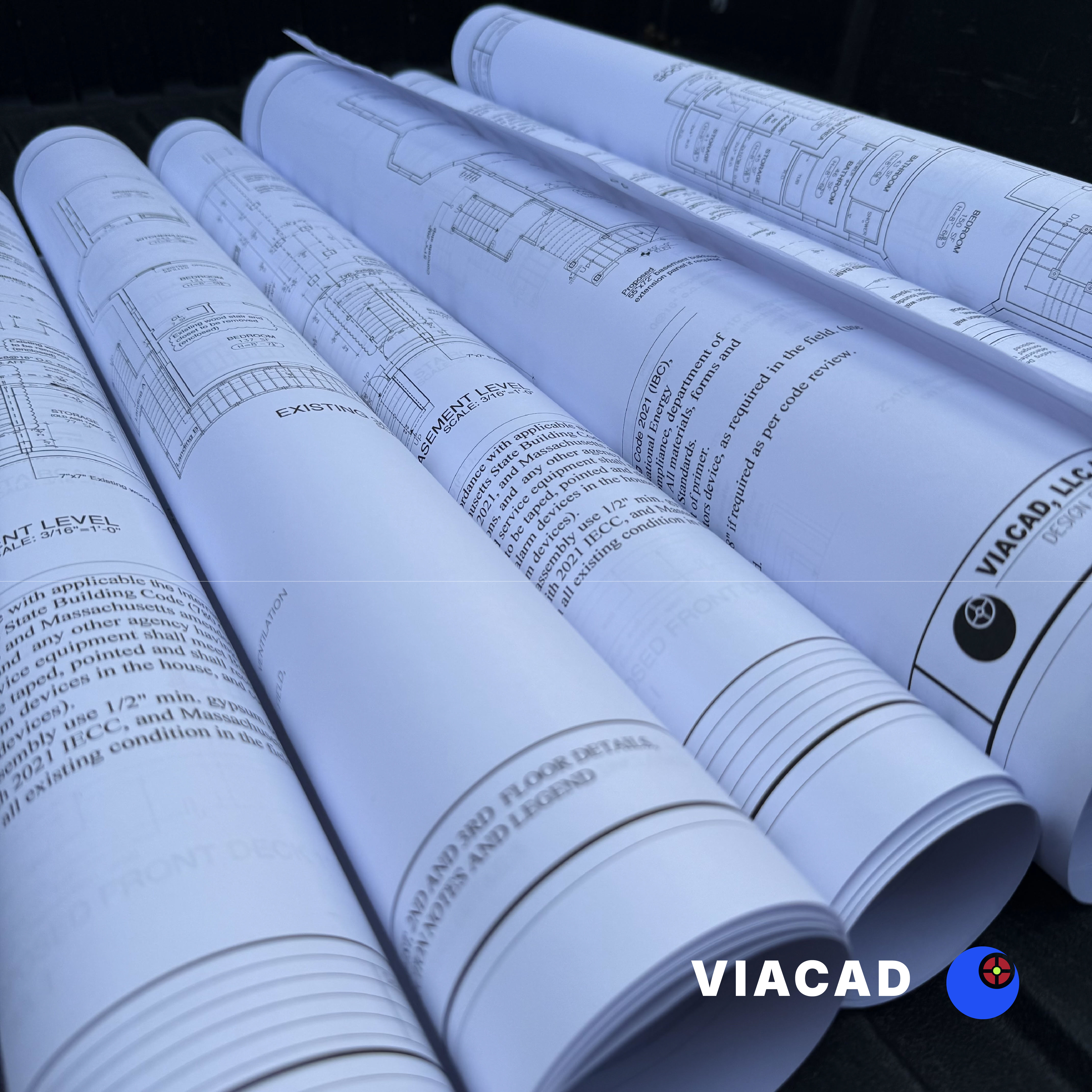
Creating a beautiful and functional outdoor living space is a dream for many homeowners in Massachusetts. Whether you're envisioning a cozy nook for relaxing evenings, a spacious outdoor kitchen, or a charming fire pit area, knowing how to build a brick patio in Massachusetts can transform your outdoor space into an inviting outdoor oasis. This guide will walk you through the essential steps and considerations to ensure your new brick patio is both durable and aesthetically pleasing.
Before you start laying bricks, careful planning is crucial to achieving the perfect patio. Begin by calculating the square footage of your desired patio area to determine the amount of materials needed. This includes accounting for patio pavers, base material, sand layers, and polymeric sand for joint filling. Consulting your local building department is also essential to ensure compliance with zoning regulations and to obtain necessary permits, especially if your project involves constructing a sizable patio or adding features like a fire pit or outdoor kitchen.
Choosing quality materials is fundamental to building a patio that lasts. Brick pavers are a popular choice for their classic look and durability, but other options such as natural stone or permeable pavers can also enhance your outdoor space. Additionally, consider the layout and design—whether you prefer a traditional running bond pattern, circular patios, or a custom shape that complements your landscape.
The foundation of a properly installed paver patio begins with a solid base. Start by excavating the area to the proper depth, which typically includes space for the gravel base material, a carefully prepared sand bed, and the thickness of the pavers themselves. Removing existing soil and debris helps create a stable surface.
Next, install landscape fabric over the excavated area to block weeds and prevent soil migration. Then, add a layer of crushed stone or gravel base material, compacting it thoroughly using a plate compactor or mini skid steer. This solid base ensures stability and proper drainage, which is critical in Massachusetts' climate to prevent water pooling and damage to concrete pavers.
Once the gravel base is compacted, spread a layer of coarse sand to create a sand bed. This sand layer should be carefully leveled and smoothed to provide a uniform surface for laying pavers. The sand bed allows for minor adjustments when fitting pavers and helps distribute weight evenly.
Installing edge restraints or metal edging along the patio's perimeter is vital to keep the pavers in place and maintain the patio's shape over time. Proper edge restraints prevent shifting and movement, especially in freeze-thaw conditions common in Massachusetts.
With the base and sand bed prepared, you can begin laying pavers. Start at a corner and lay bricks in your chosen pattern, such as the popular running bond pattern, ensuring each paver is perfectly square and level. Use a rubber mallet to gently tap each brick into place without damaging the surface.
For circular patios or custom shapes, cutting pavers may be necessary to achieve a perfect fit. Wet saws are ideal for this purpose, allowing clean and precise cuts. Remember to maintain consistent spacing between pavers to allow for joint sand application later.
%20(1).jpg)
After all pavers are laid, sweep polymeric sand into the joints between bricks using a push broom. This joint sand hardens when activated with water and locks the pavers together, preventing weed growth and stabilizing the patio surface. Be sure to sweep excess sand off the paver surface to avoid residue.
To activate the polymeric sand, lightly mist the entire patio with a garden hose using a rubber mat attachment to avoid displacing the sand. Ensure the sand is completely filled in all the joints and the patio's perimeter is secure.
A well-built brick patio requires minimal maintenance. Using plastic snow shovels during winter prevents damage to concrete pavers and brick surfaces. Regularly inspecting and replenishing joint sand as needed will keep your patio looking pristine.
Additionally, ensuring proper drainage through features like French drains or sloping the patio away from your home will protect your investment from water damage. This functional outdoor space not only enhances your property value but also creates an inviting outdoor haven for family and friends.
While many homeowners enjoy the satisfaction of building their own patio, professional installation can ensure that every step, from base preparation to the final sweep of polymeric sand, is executed flawlessly. Experts have access to specialized equipment like plate compactors and mini skid steers, and they understand local soil conditions and building codes, helping you avoid costly mistakes.
Whether you choose to hire professionals or take on the project yourself, following these guidelines on how to build a brick patio in Massachusetts will help you create a beautiful patio that complements your home and lifestyle.
Building a brick patio in Massachusetts is a rewarding project that can significantly enhance your outdoor living space. By carefully planning, using quality materials, and following proper installation techniques, including laying a solid foundation, installing edge restraints, and using polymeric sand, you can create a durable and stunning patio. Whether you envision a cozy nook, a circular patio, or a full outdoor kitchen, your new brick patio will transform your outdoor space into a functional and beautiful outdoor oasis perfect for entertaining and relaxation.

Contact us if you'd like to commission or collaborate with VIACAD, LLC.
Currently accepting projects in Massachusetts.